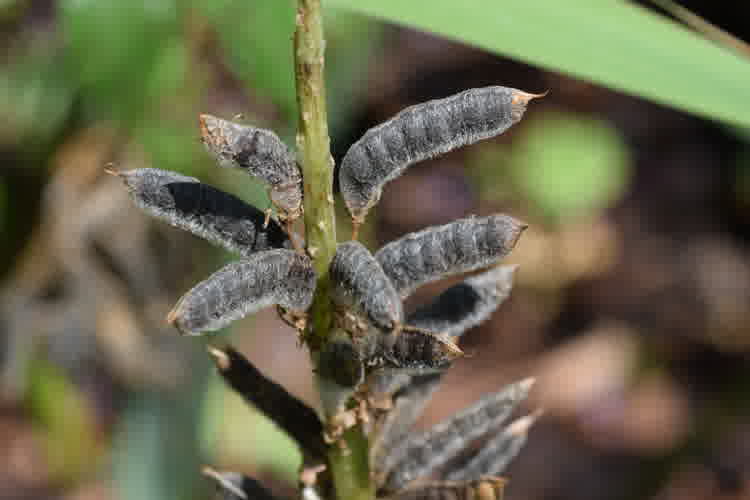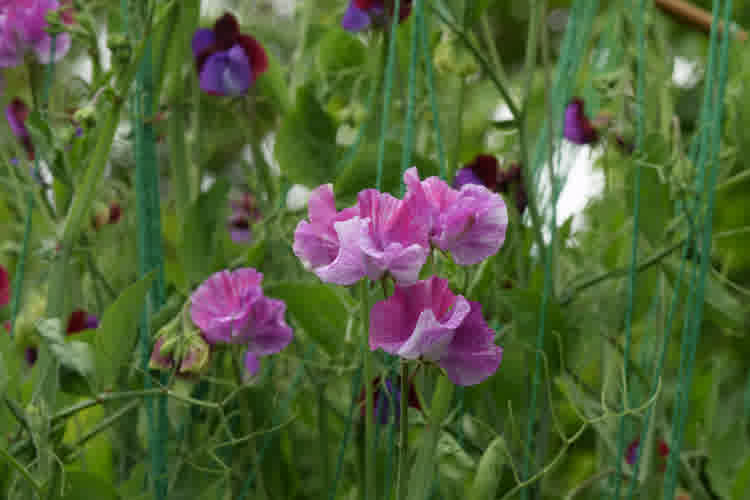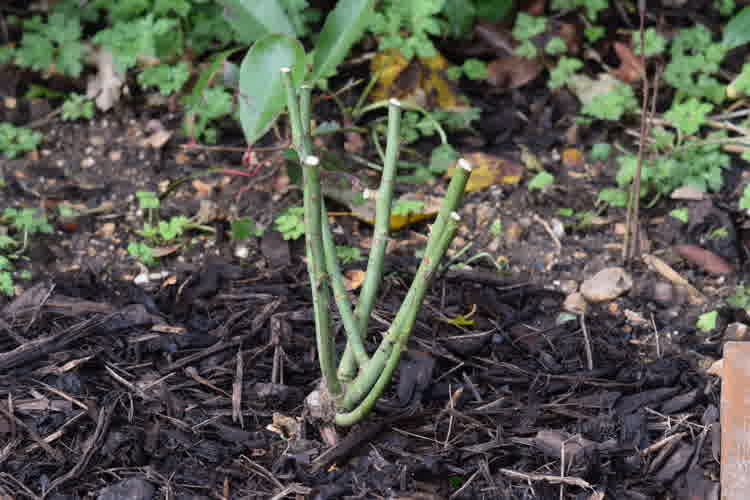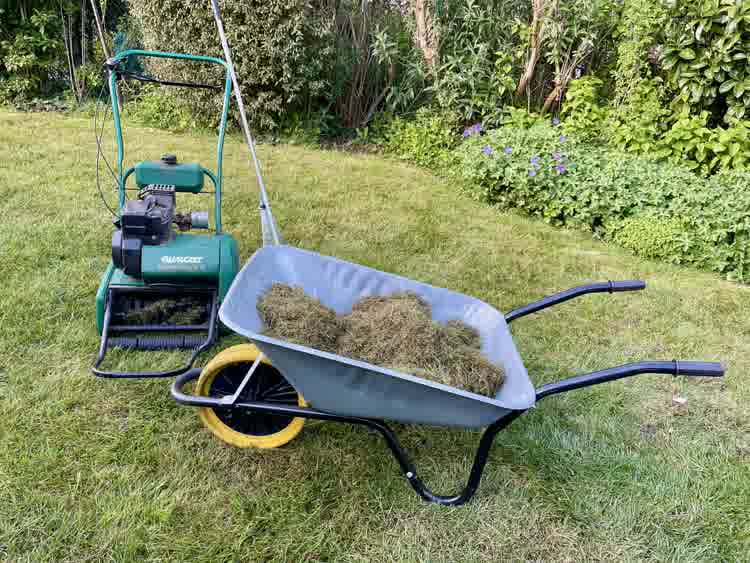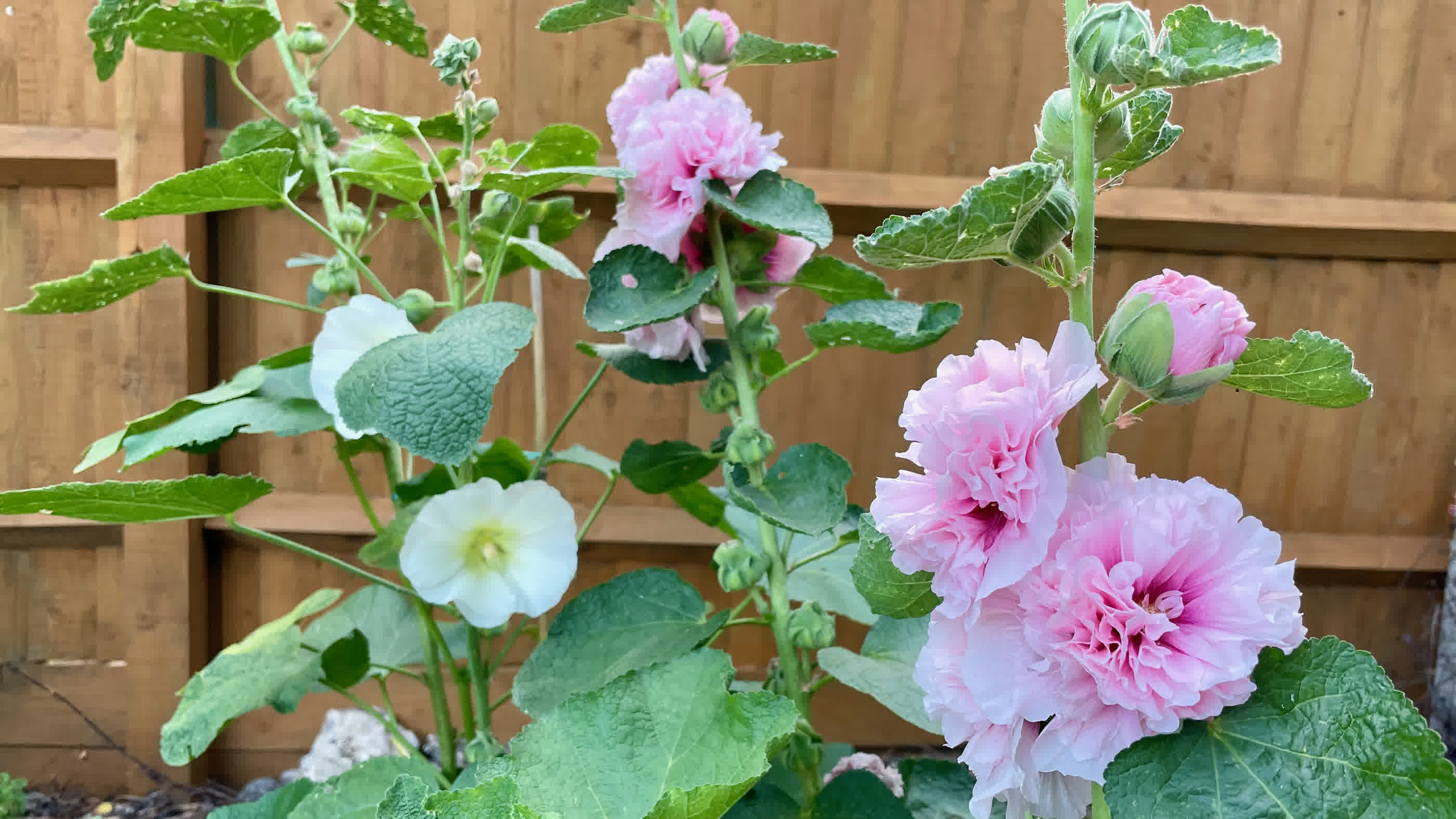
Hollyhocks
Table of Contents
Varieties
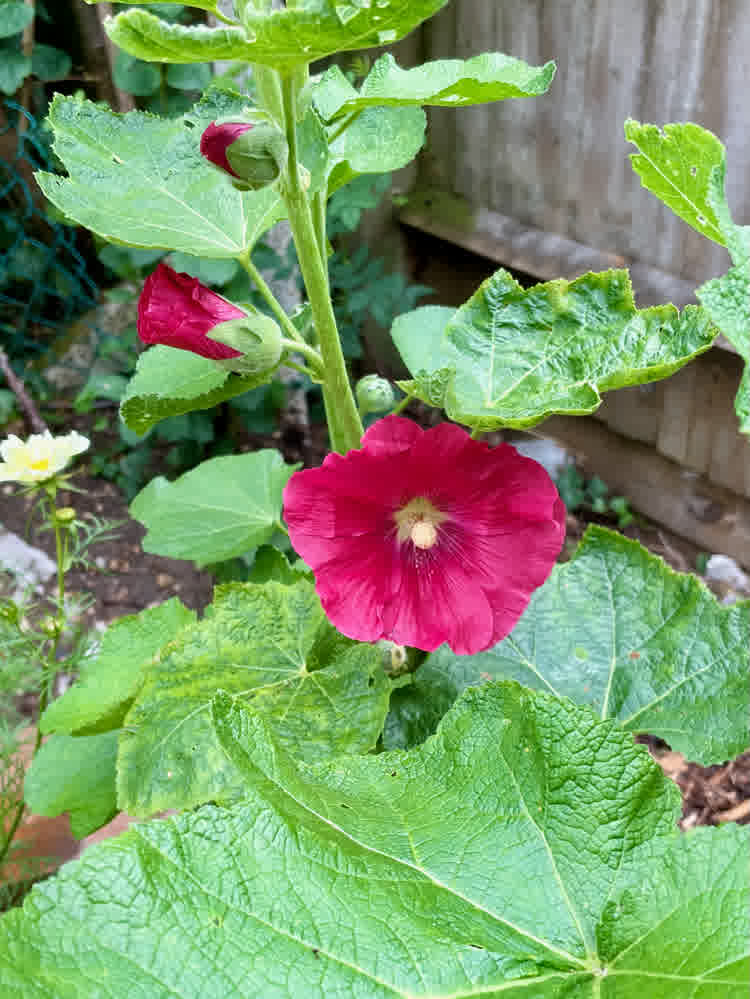
Hollyhocks (Alcea) belong to the mallow family of flowering plants. They are biennials or short-lived perennials, flowering in the second year.
There are multiple varieties of hollyhocks, with a wide range of colours, including Pink, White, Red, Yellow, Orange, Dark Purple (Black)
Hollyhocks have large deep green leaves and tall flowering stalks that can grow more than 2 meters.
Some varieties are single-flowered, whilst others are double-flowered.
Some hollyhock varieties can also be resistant to rust disease.
Hollyhocks readily self-seed, so new generations can continue to colour your flower beds for seasons to come!
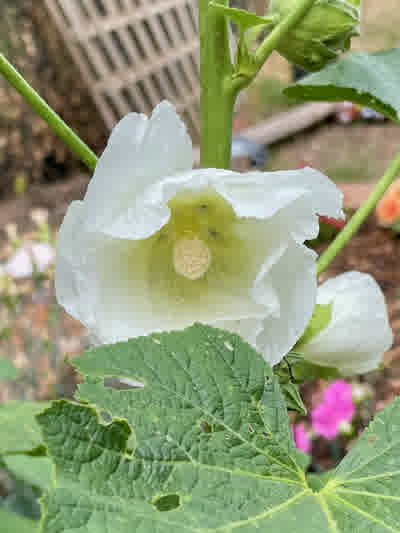
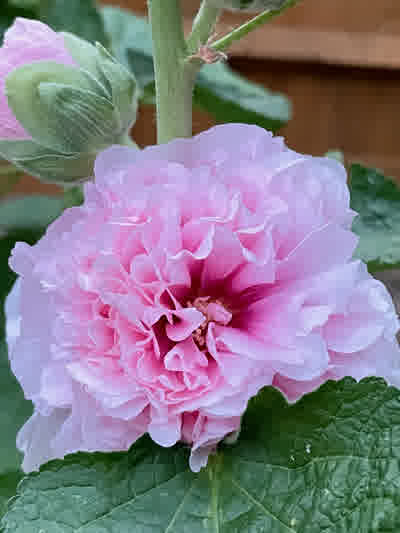
Planting
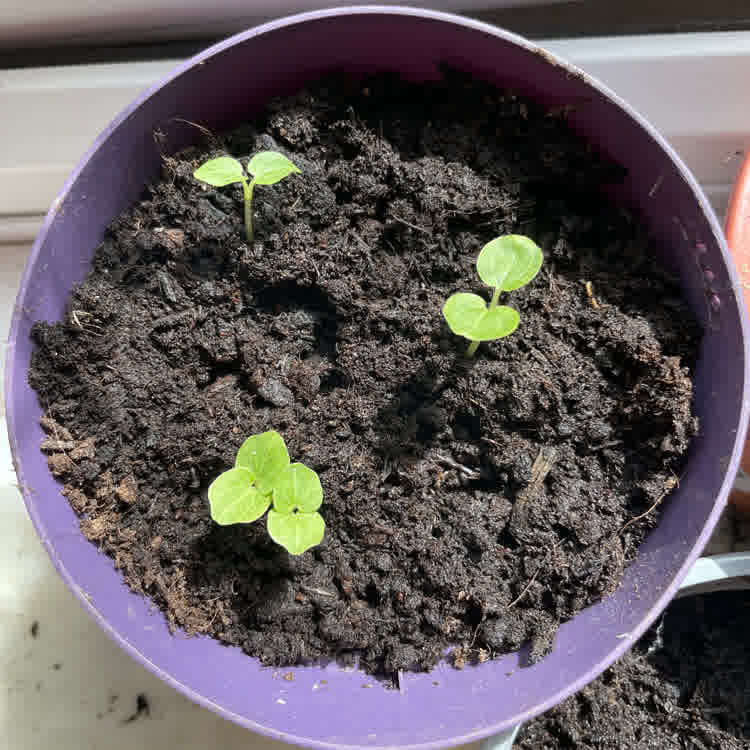
Find a sunny spot - these plants will thrive in full sun. Although they will grow in partial sun, you may get fewer blooms.
Hollyhocks aren't too picky when it comes to soil types and will grow in most, preferring well drained. Avoid planting them in areas prone to waterlogging.
These plants can tower above others, so are better suited towards the back of flower beds.
They will typically flower from June through to September.
If growing from seed, aim to sow them in late spring. Remember these plants are biennials and will not flower in their first year.
Pot grown plants can be planted from mid spring to autumn. When purchasing potted hollyhocks, find out if they are this years' seedlings or last, so you will know whether you can expect them to bloom in the current growing season.
Hollyhocks are susceptible to rust disease, so space these plants apart from one another to avoid humid conditions and cross-contamination from plant to plant (see pest and diseases section below for more info).
If you're going for a bee friendly garden, then the single-flowered variants will be preferable as their pollen and nectar is more accessible.
Ongoing care
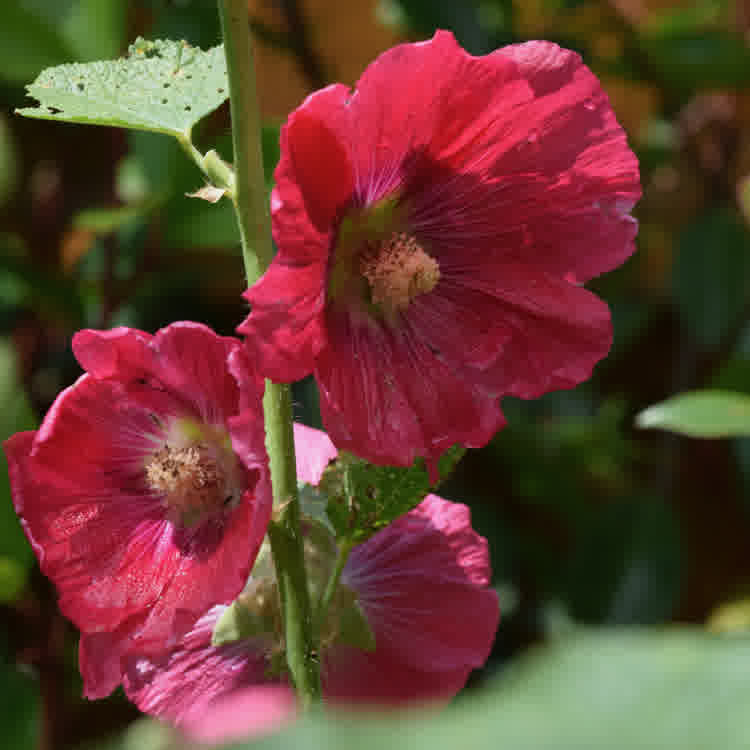
For young seedlings, keep the soil damp, which will encourage a healthy root system, ensuring it does not become waterlogged. More established plants should only require watering in hot spells with sustained periods of no rain and the top inch of soil has dried.
Mulching can be a great way to keep the soil damp and save on water, however, depending on the type of mulch, this may hinder the self-seeding of these plants. If mulching, you may need to collect the seeds and sow them yourself.
When watering hollyhocks, it is best to avoid getting the leaves wet as this can encourage the spread of rust disease.
Hollyhocks can tower above other plants and may require some help staying upright with staking to help support them, especially when exposed in a windy spot.
Once the flowers have faded you can choose to cut down the flower spike or wait until late autumn if collecting seeds. Ensure the seeds have turned brown before collecting.
Pest and diseases
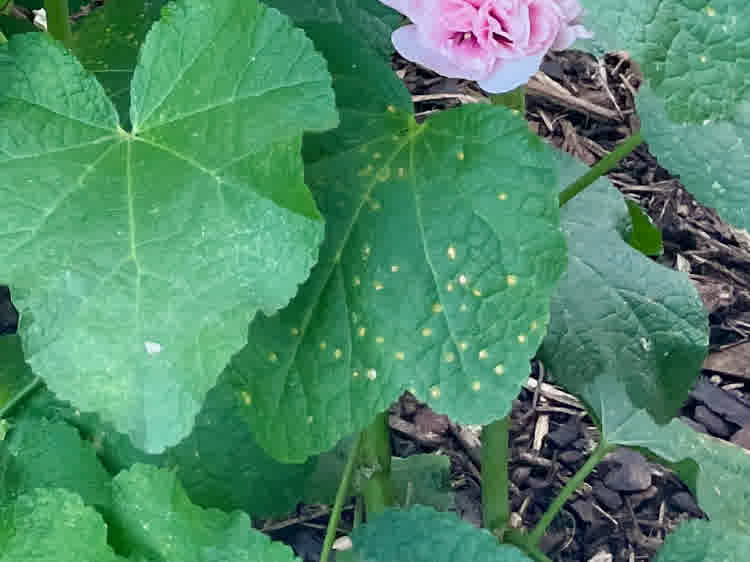
Hollyhocks are particularly vulnerable to rust disease. Hollyhock rust (Puccinia malvacearum) also called mallow rust, is an unsightly fungal disease that can disfigure the leaves and stems. It can reduce the plant's vigour resulting in stunted growth and fewer blooms.
The disease is spread by airborne spores and can affect other plants within the mallow family, which include Indian mallow (Abutilon), Hollyhocks (Alcea), Hibiscus, Lavatera, Common Mallow (Malva), False Mallow (Malvastrum), and Globe Mallows (Sphaeralcea).
Plants infected with the rust disease will show yellow to orange spots on the upper side of the leaves with brown "bumps" called pustules on the underside, which will turn grey. The stems of the plant can also develop pustules.
Treating hollyhock (mallow) rust is tricky at best and can be hard to eradicate. Reducing humidity around the plants is key as the fungus will thrive in moist humid conditions.
Non-chemical measures to try and control the disease include:
- Removing and destroying infected leaves
- Avoid overcrowding of plants
- Avoid getting the leaves wet when watering
- Carefully check and monitor newly purchased plants before introducing them to your flowerbed
- Segregating other plants within the mallow family
If you decide to use chemical control, a fungicide suited for hollyhock rust can be effective. Application varies between brands so always follow the manufactures instructions. Usually, this involves spraying the affected leaves with the fungicide several times throughout the growing season. They can be effective however it's worth noting they may not be bee friendly.
